Designing Ownership for Collaborative Content
These are the notes for my talk at the Institute of Network Society annual meeting.
Web3 brings ownership to the digital world. It is constructed by smart contracts and is programmable. We now have the chance to design new forms of ownership that can avoid dilemmas between private and public ownership. I will share with you some experiments and thoughts we carried out at Matters Lab.
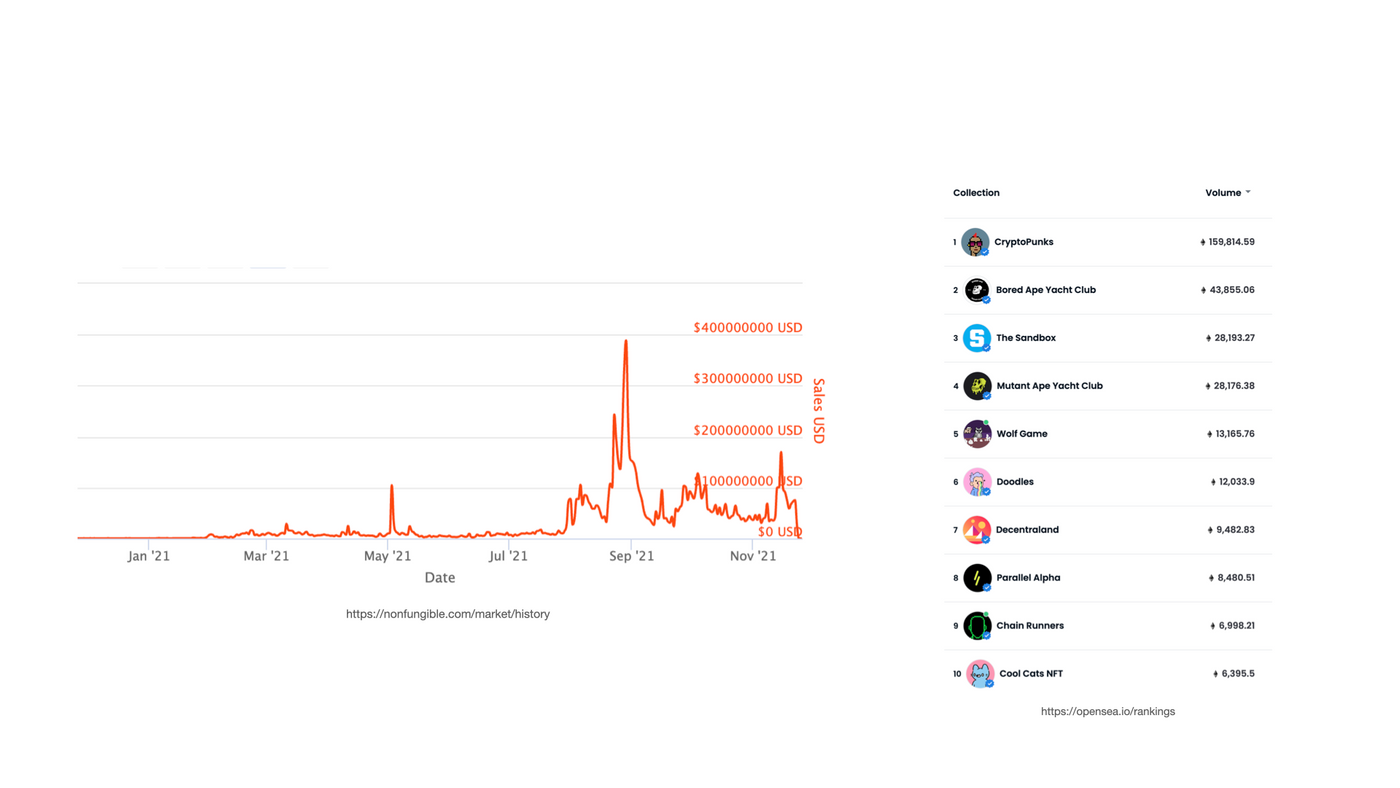
NFT is an example of such ownership, a new form of digital asset that can capture cultural value, which exploded in market adoption this year, as shown on the left figure. Most of the NFTs we’ve seen are art collectibles or badges in games, representing a static piece of data, as shown on the right. But NFTs simply means non-fungible, so it can also be applied to dynamic and collaborative content.
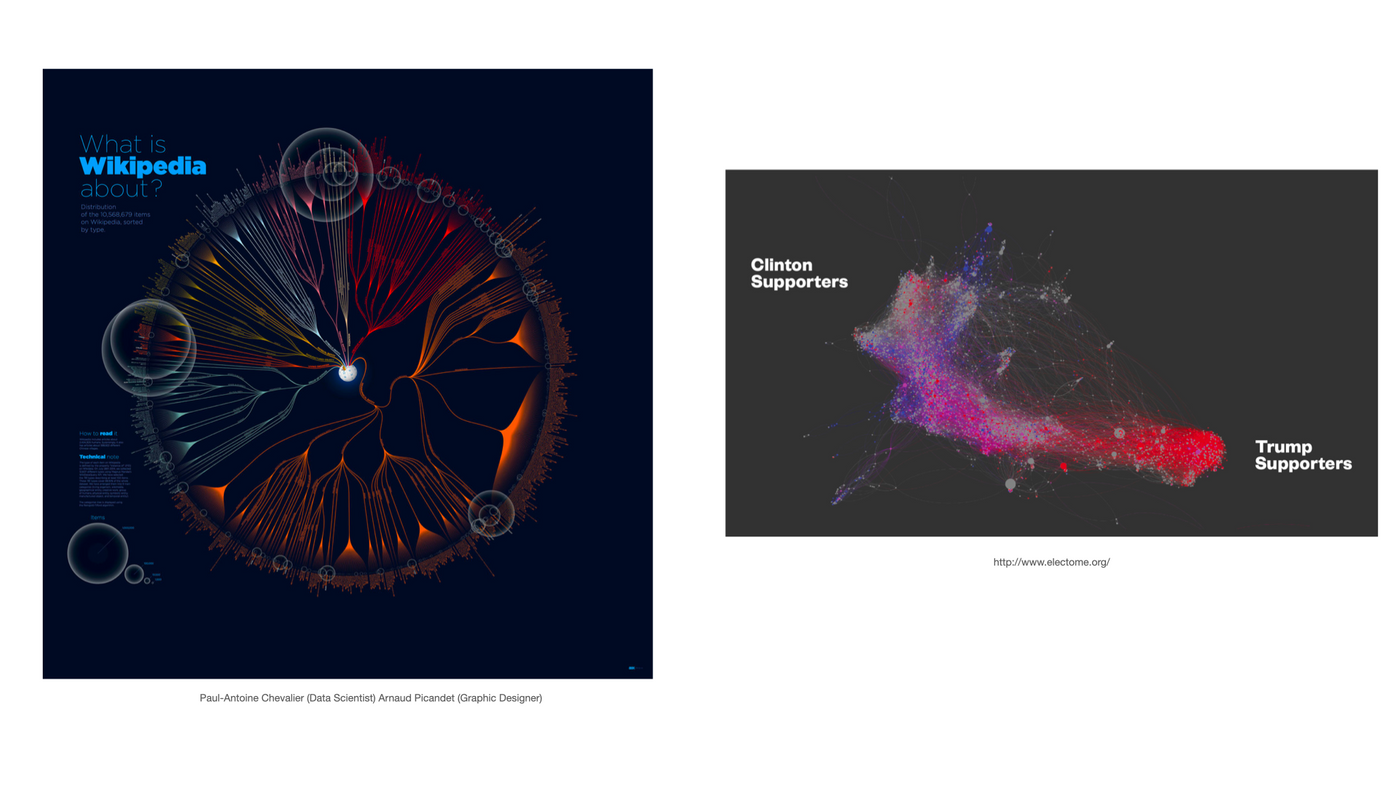
If we look at the value been created on the internet, whether it’s the knowledge graph of Wikipedia or the social graph of Twitter, they are all dynamic and collaborative, constantly changing with people’s usage.
In Web2, the people and communities that create value did it for free. In Web3, we can design new forms of ownership to reflect the dynamic and collaboration, and make the value creation process sustainable and fair.
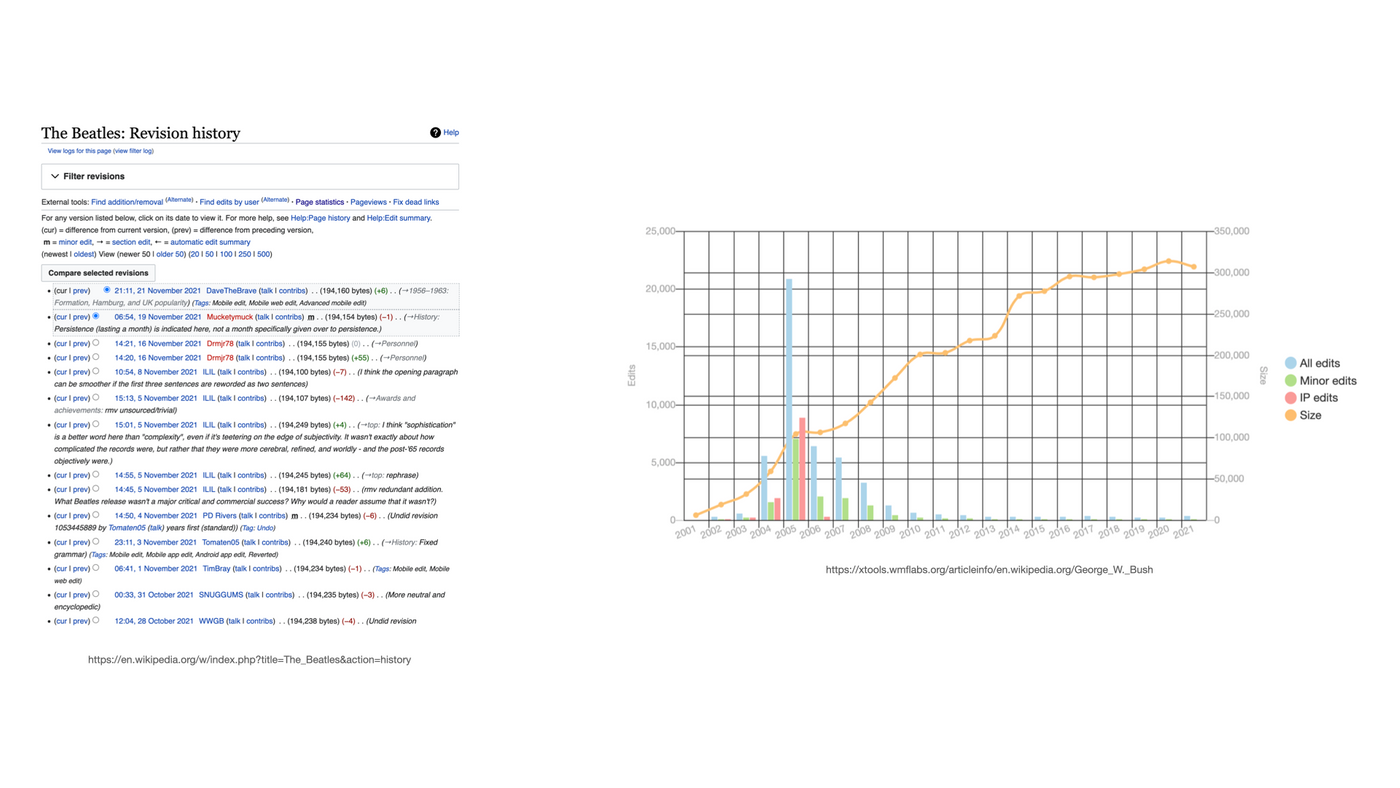
Let’s take a look at the first form of collaboration: sequential collaboration. Users take turns contributing to a shared project, which often has clear ownership or editorial power. We can see this in action in the rich revision history of every Wikipedia page, for example, shown on the left is the edit history of The Beatles.
Because of the clear editorial control, collaborations on Wikipedia are centralized, which creates conflicts that often turn into “edit wars”. For example, shown on the right is a famous edit war on George W. Bush in 2005.

In software development, GitHub introduces an operation called "fork", which turned out to be very significant in OpenSource collabration. It allows users to branch out from a codebase and create their visions. Many popular projects, such as Tensorflow, have thousands of forks.
Contributions are still sequential, but the editorial control is now open. The existence of multiple versions creates more options for users and better soil for innovation.

We can apply the same principle to collaborative NFTs. Imagine we have an NFT containing a thread of logs, which can be different edits of Wikipedia page, different chapters of collaborative fiction, or different commits of a software. It has an owner, who can add new logs to the NFT.
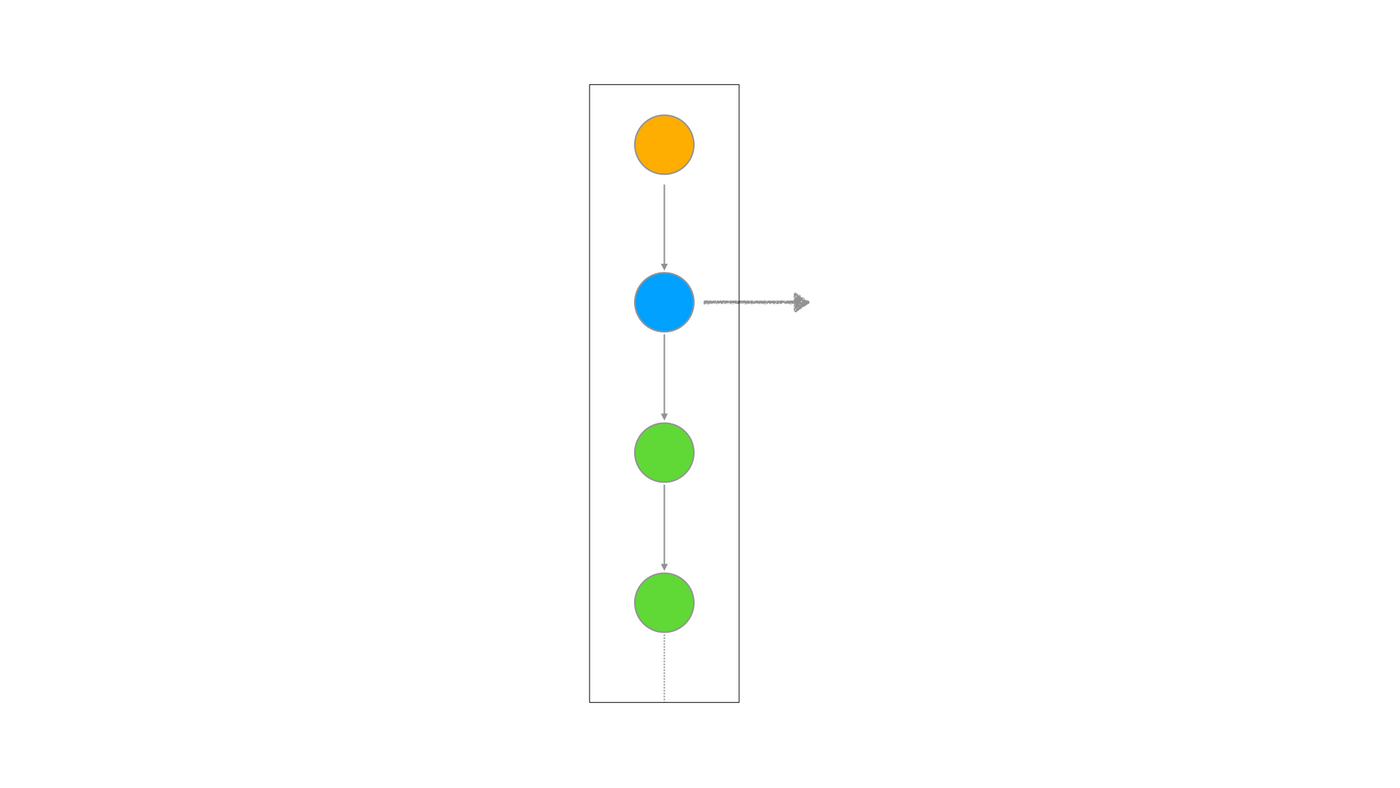
If I think I can create a better version of it, or if I want to create a backup version, I can fork the thread starting from any log I like.
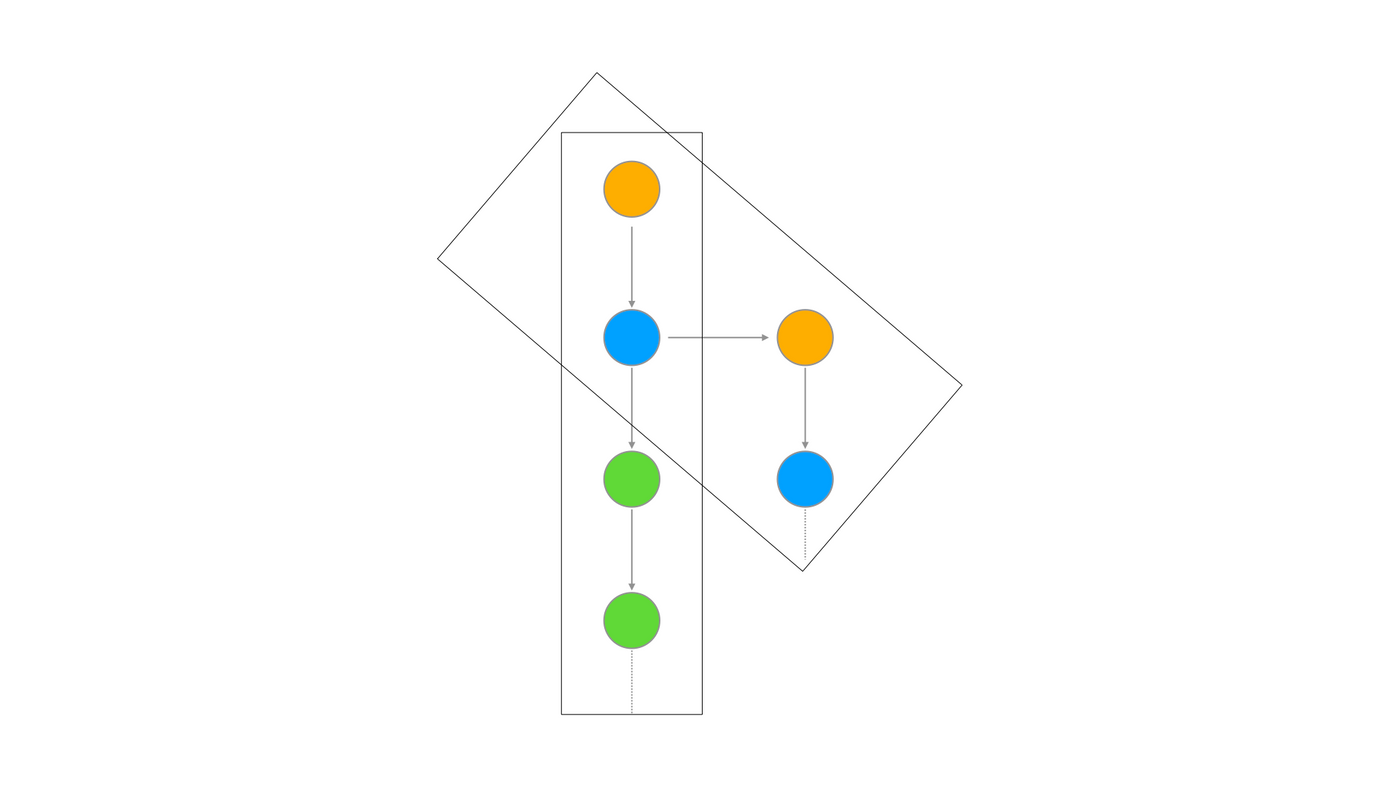
The new version mints a new NFT that includes part of the thread, in which I and my collaborators can start building our version.
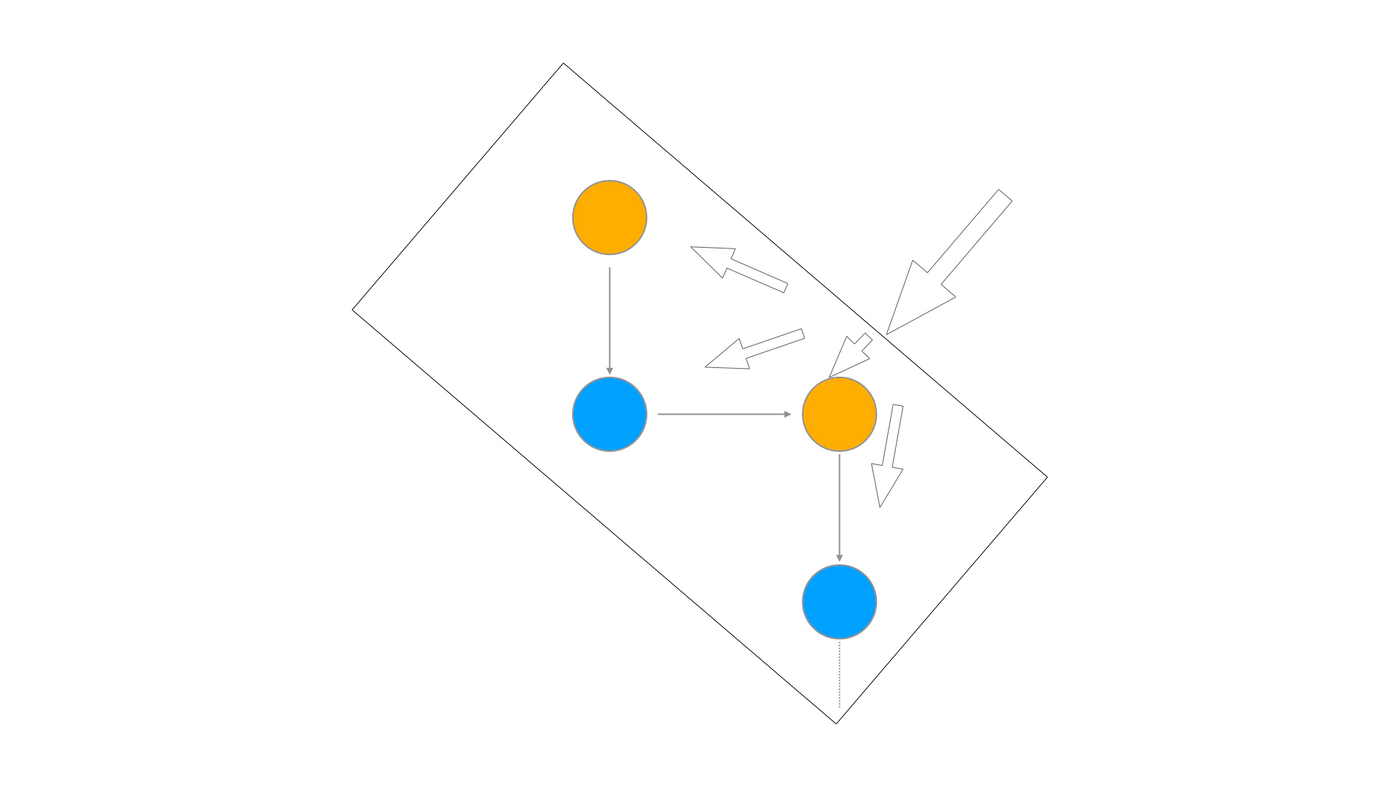
The crucial part is that, whenever this NFT gets revenue, it will be split among the authors of the logs, including those from the forked NFT. In this way, the collaboration is open-ended, but contributions still have fair rewards. The “fork” action can also be priced so that the revenue generated also splits among contributors.
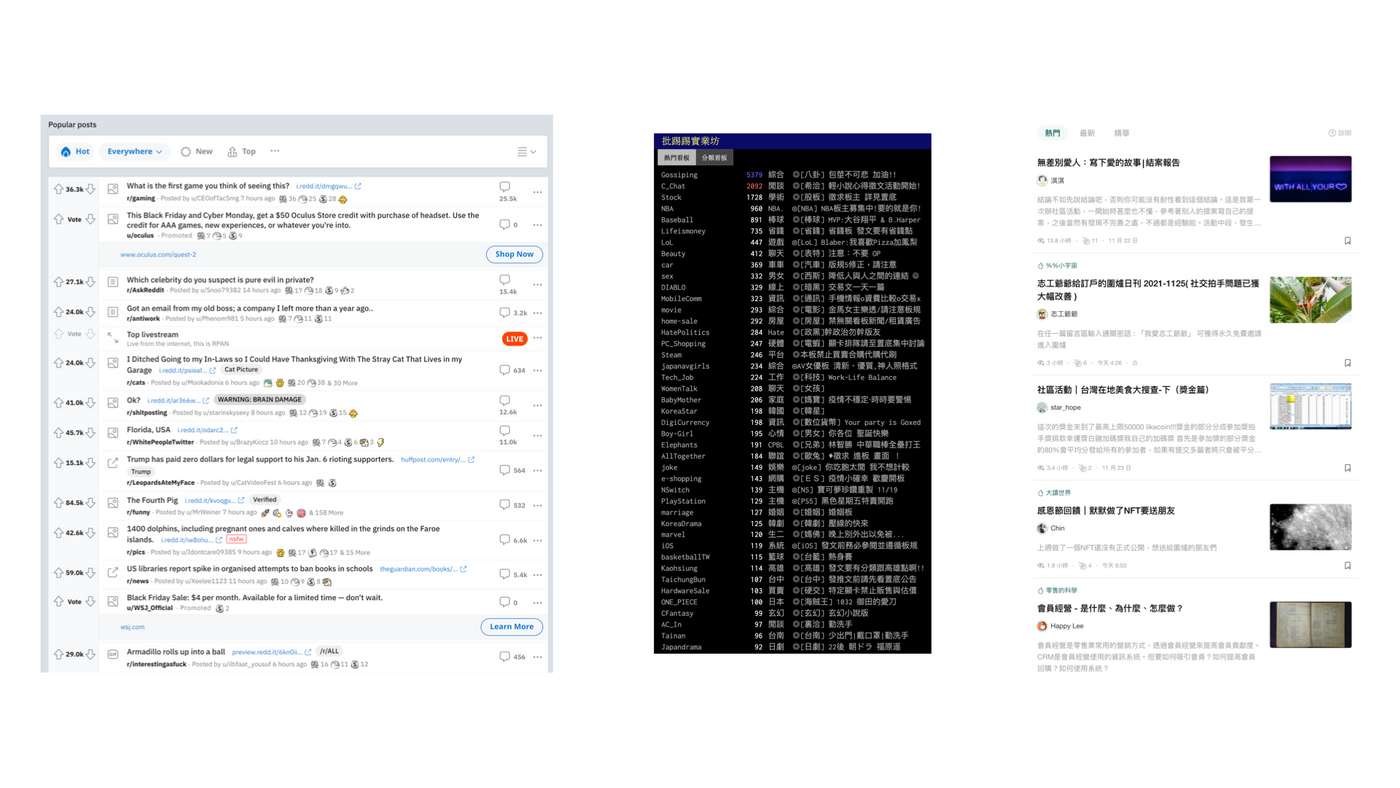
Let’s take a look at another form of collaboration: parallel collaboration. Users contribute simultaneously, and the final result is an emergent property from collective actions. No one owns the final result or any part on it, but take turns controlling it. One common example is ranking systems in websites which are determined by user actions.
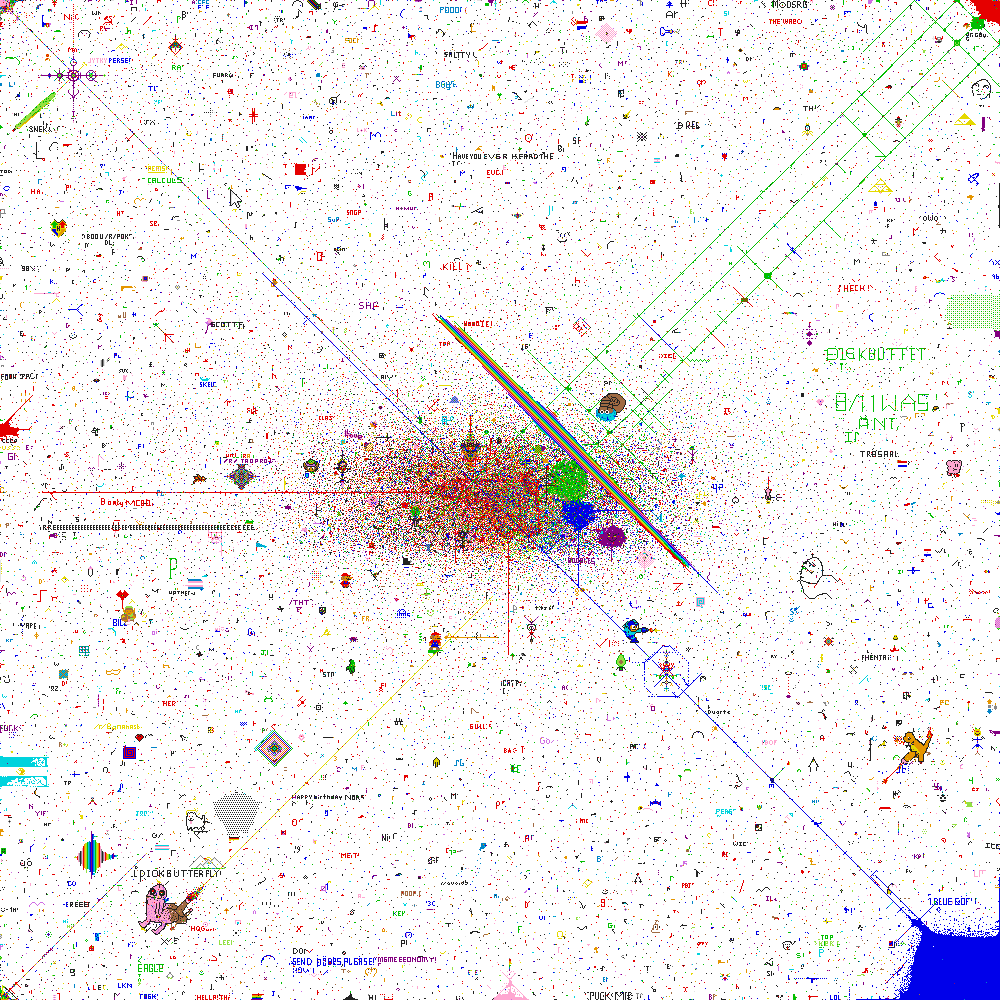
A more iconic and dramatic example is pixel board. Users do not own the pixels but take turns controlling them. The above shows the result of the “Place” project made by Reddit in 2017.
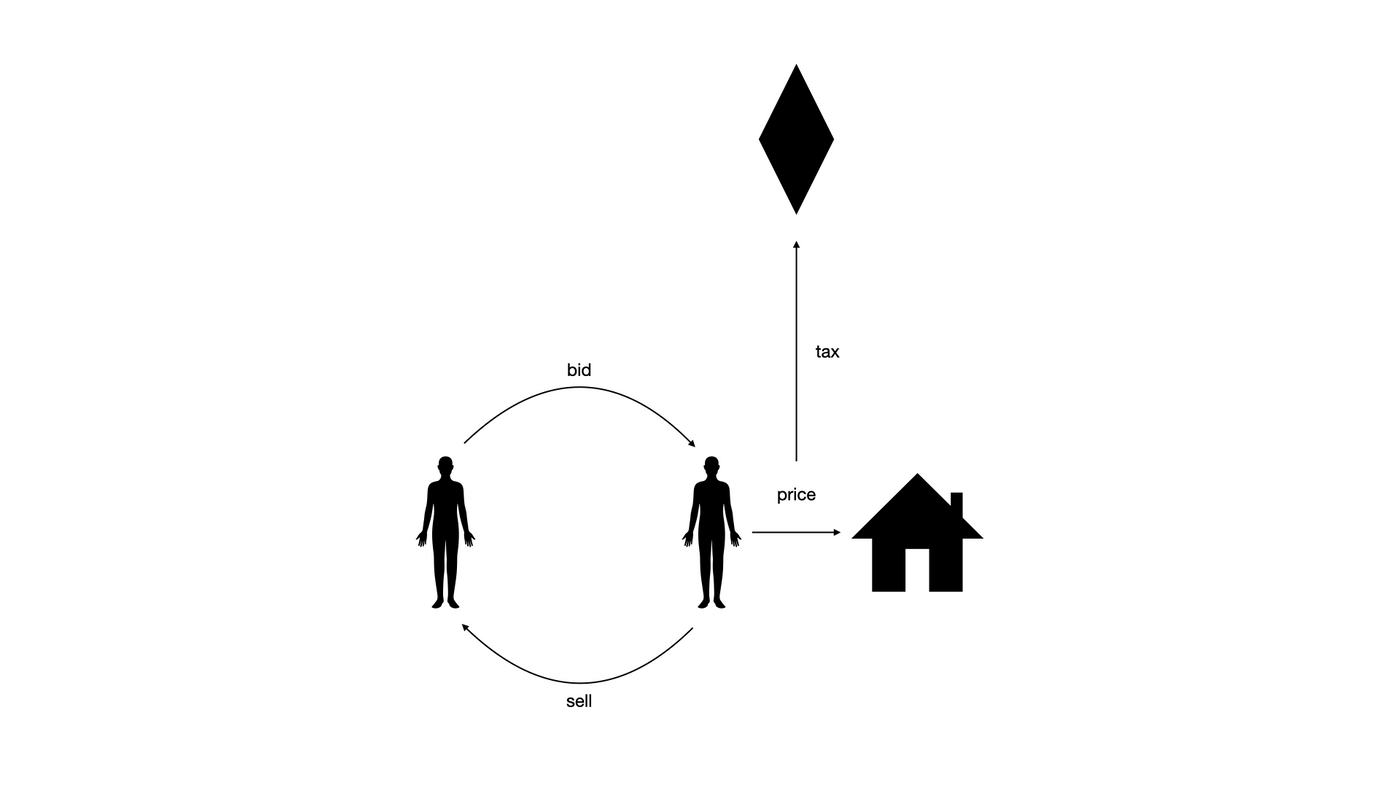
Here a tension exists between public resources and private ownership, and the Harberger Tax is an interesting design to resolve it. In a nutshell, an owner can price her property however she wants, given that: 1. owner pays tax according to the self-declared price; 2. whenever a buyer agrees to pay that price, the owner has to sell the property to the buyer.
This mechanism allows the distribution of public resources optimized by the market and allows users that contribute to public resources to profit from their contribution.
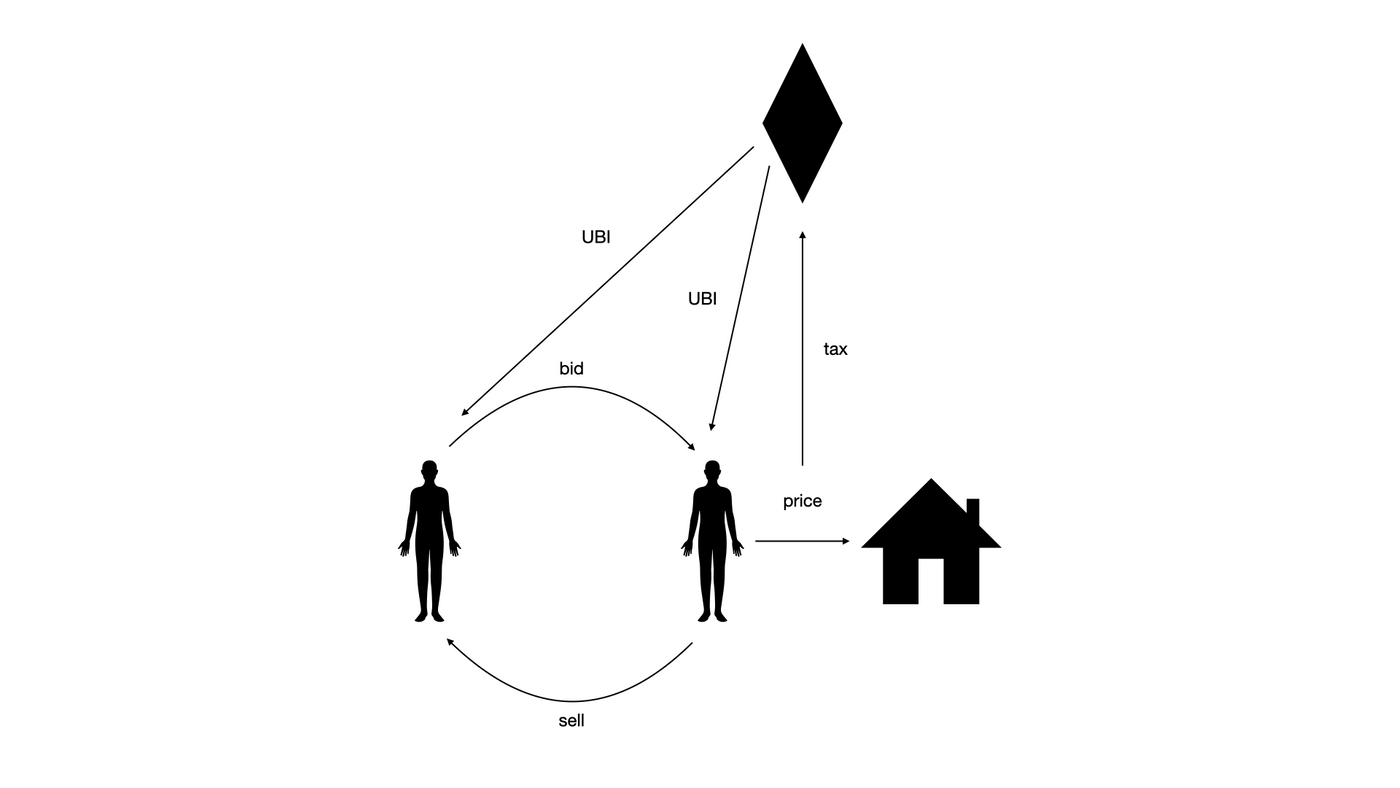
We can go one step further and turn the tax into a form of universal basic income for all property owners. This means that everyone who participates gets a share from the value generated, tying the interests of all participates together. In a way, it forms a minimal DAO without a voting process, encouraging participants to collaboratively create value.
In theory, this design of Harberger DAO can be used in many scenarios. At Matters Lab, we will first experiment it with pixel board, and then adapt it to other use cases.
Although only the beginning, we can already see the potential of the new form of ownership in Web3. I hope the examples I shared can show you that we can balance private incentives and public goods, and some of you might be inspired to participate in this grand experiment.
If you are interested in the work we do, you can follow us on Twitter and Discord, or email us at hi@matters.news.
